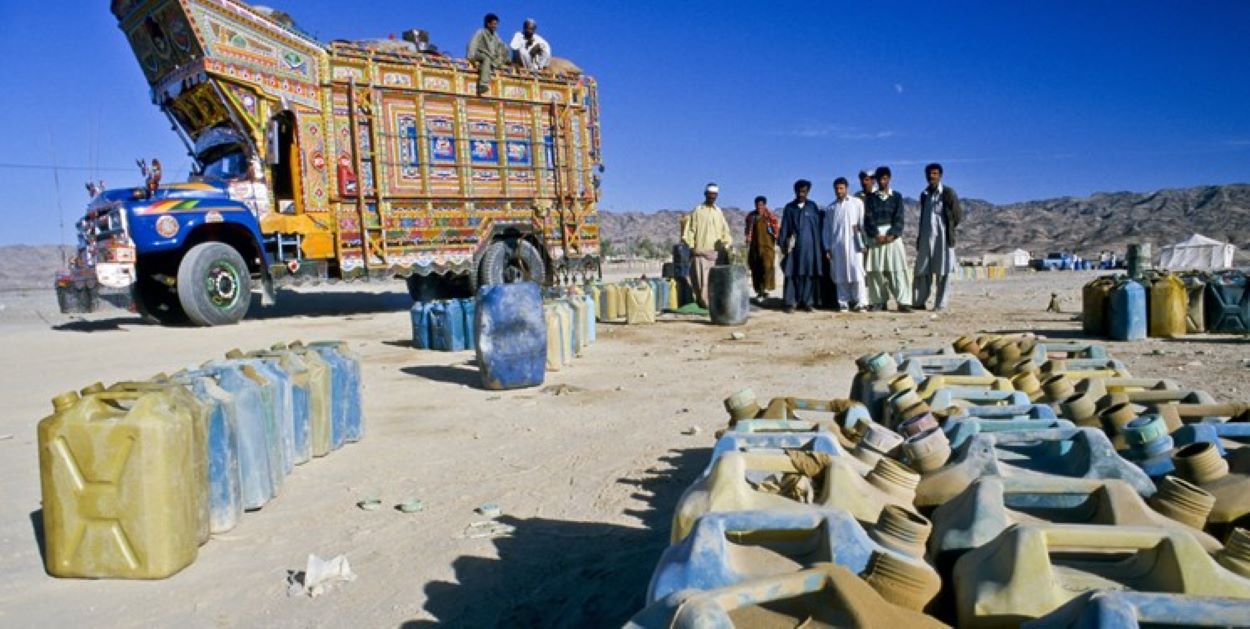About 10 million litres of smuggled Iranian petrol and diesel enter Pakistan every day, leading to an annual revenue loss exceeding Rs227 billion. This was disclosed in a detailed report by intelligence agencies to the Petroleum Division.
The report identifies around 100 officials from nearly a dozen law enforcement agencies involved in or aiding the smuggling. It also lists 533 illegal petrol stations and 105 smugglers operating across Pakistan, along with details about informal border crossings and trafficking routes.
According to the report, the smuggling of approximately 2.8 billion litres of Iranian oil annually results in significant financial losses to the national treasury. The illicit products are primarily transported through lesser-known routes in the Makran and Rakhshan divisions and sold at unauthorized roadside outlets. Punjab hosts 348 stations, extending to cities like Lahore and Faisalabad, while Balochistan, Sindh, and Khyber Pakhtunkhwa have 116, 38, and 31, respectively.
A surge in smuggling to 10.1 million litres per day was noted, although a government crackdown reduced this figure to between 5 and 5.3 million litres. Post-election, the volume has increased again to approximately 8.9 million litres daily.
The report further reveals that 95% of the smuggled oil enters through an informal system established in 2021. Daily, about 1,800 to 2,000 zambad vehicles and 1,200 to 1,300 boats transport this oil into Pakistan. Once inside, the oil is stored in underground facilities in cities like Gwadar and Quetta before being distributed nationwide.
Regionally, 45% of this smuggled oil goes to Sindh, 25% each to Punjab and KP, and the remainder to Balochistan. The smuggling operations involve collusion with corrupt officials at various checkpoints, allowing hundreds of oil tankers to pass unchecked.
Financially, around Rs285 billion is annually transferred to Iranian dealers, typically in US dollars via third countries or through alternative remittance systems like hawala/hundi. Small transactions occur at the Iranian-Tuman border, and barter trade occasionally plays a minor role.
The socio-economic impact in Balochistan is profound, with 2.2 to 2.4 million people relying on this smuggling for their livelihoods. This includes many in terrorism-affected southern Balochistan, where economic opportunities are otherwise limited.






